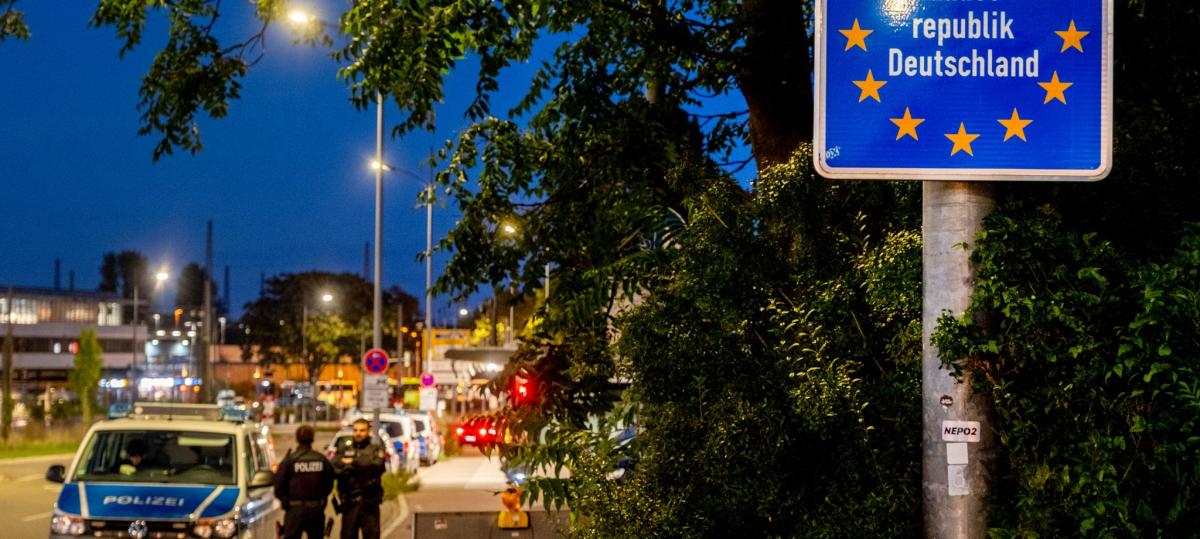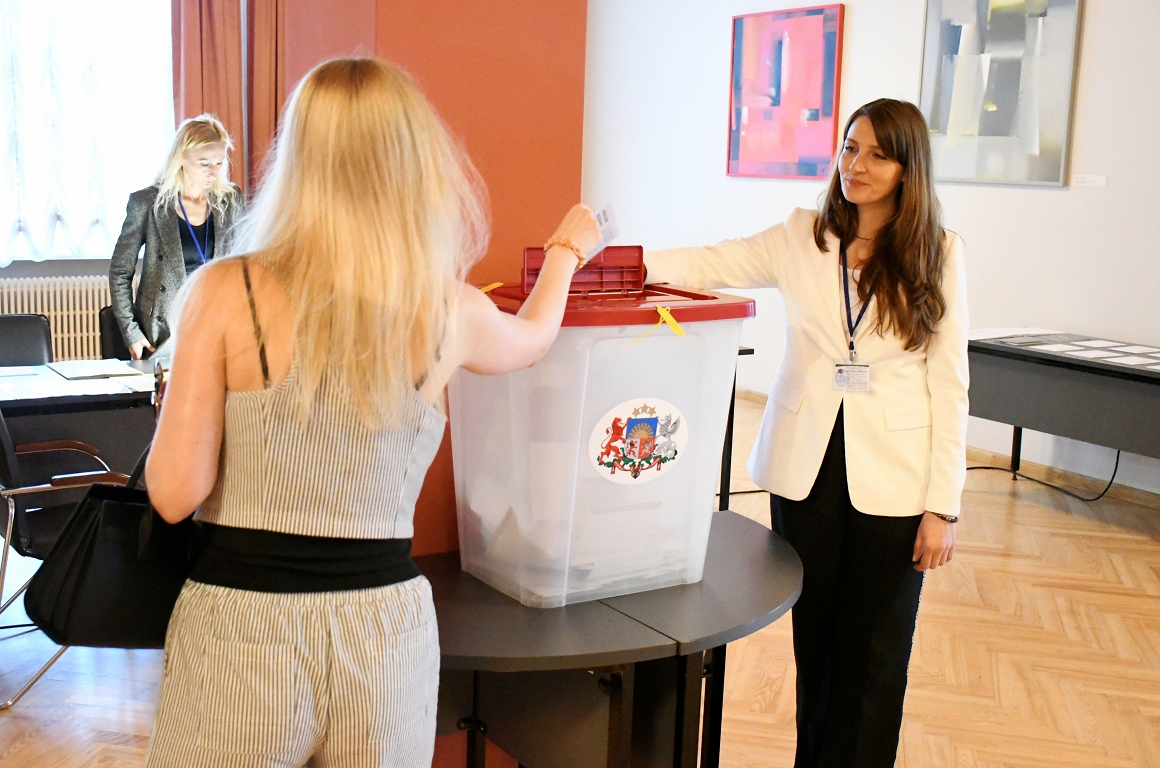KKO weighed whether the double speeding was in the summer on empty road

Trials|The motorist demanded that he be left without punishment, but otherwise.
When A motorcyclist drives more than double speeding in the summer on an empty road, is it then a gross endanger of road safety or just endangering road safety?
In his recent preliminary ruling, the Supreme Court (KKO), which ended up on a more serious title, was considering this.
On a weekday afternoon, a motorcyclist drove 146 kilometers per hour on the road with a speed limit of 70. The conditions and visibility were good, the summer was straight, no other traffic, intersection or light traffic routes and no one on the ride.
The prosecutor demanded a penalty in the Eastern Uusimaa District Court for aggravated road safety, but the court considered that the act was merely endangering road safety.
District court He stated that the motorist was supposed to drive at high speed only for a short time and the conditions were good. Thus, according to the court, it was not shown that the procedure would have caused a serious danger to the life and health of another.
However, the speeding was likely to pose a danger to the safety of another, so the judgment came.
The Helsinki Court of Appeal ended up in a more severe end result, ie a gross form of act. It sentenced the man to 70 daily fines, which became € 1,540. According to the Court of Appeal, the speed of driving posed a serious danger to the life and safety of another, and for example, a short drive and good driving conditions did not eliminate the serious danger.
The motorist received his case for the KKO and demanded the same judgment as the district court and that he is not sentenced.
Kko Didn’t agree. It did not change the judgment of the Court of Appeal, but justified it further.
According to the KKO, there was more than twice speeding and the consequences of the accident would have been serious. Favorable conditions did not reduce the likelihood of damage. There was a chance that there would be other road users, even though speeding was short -lived, KKO said.
It also pointed out that the motorcyclist’s procedure was surprising and unpredictable for any other road users and that his or her own capacity was limited to make reliable observations or react.
The fact that the procedure did not pose a concrete danger was due to the random fact that there were no other road users on the road section.
The probability of harm was not low, KKO outlined. Therefore, according to the KKO, the act was likely to pose a serious danger to another’s life or health.








:format(webp)/s3/static.nrc.nl/images/gn4/stripped/data133280221-bb4cba.jpg)